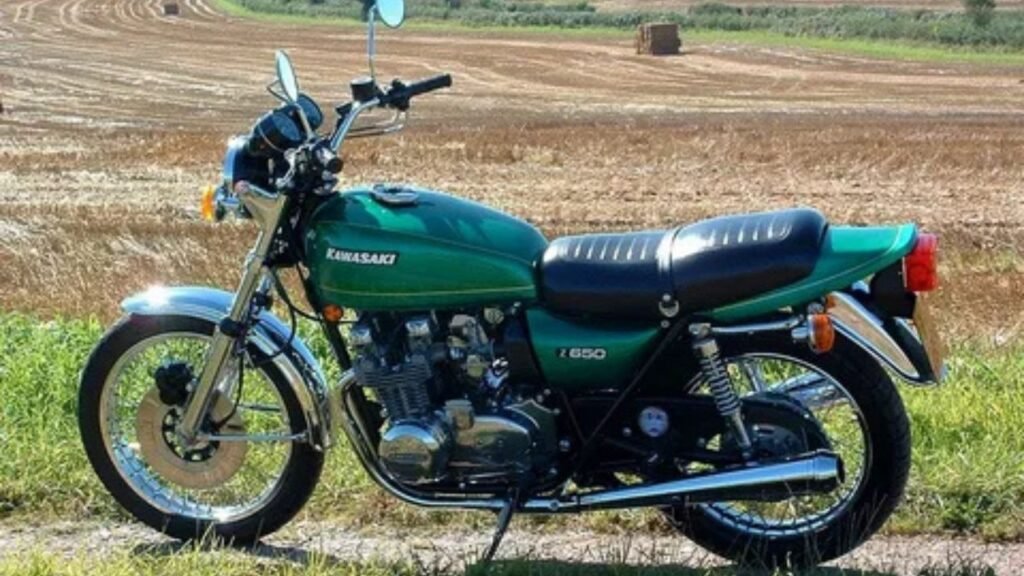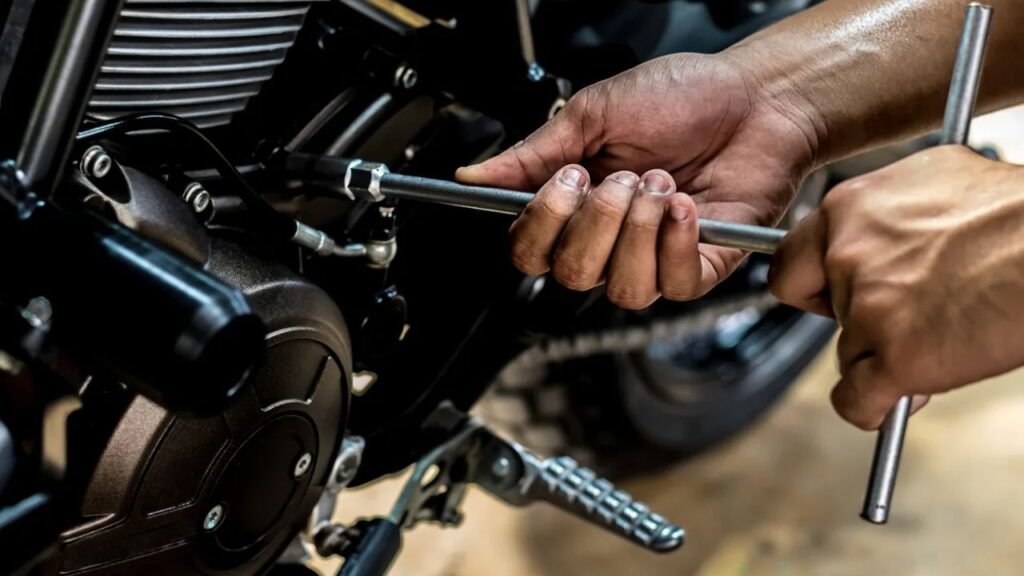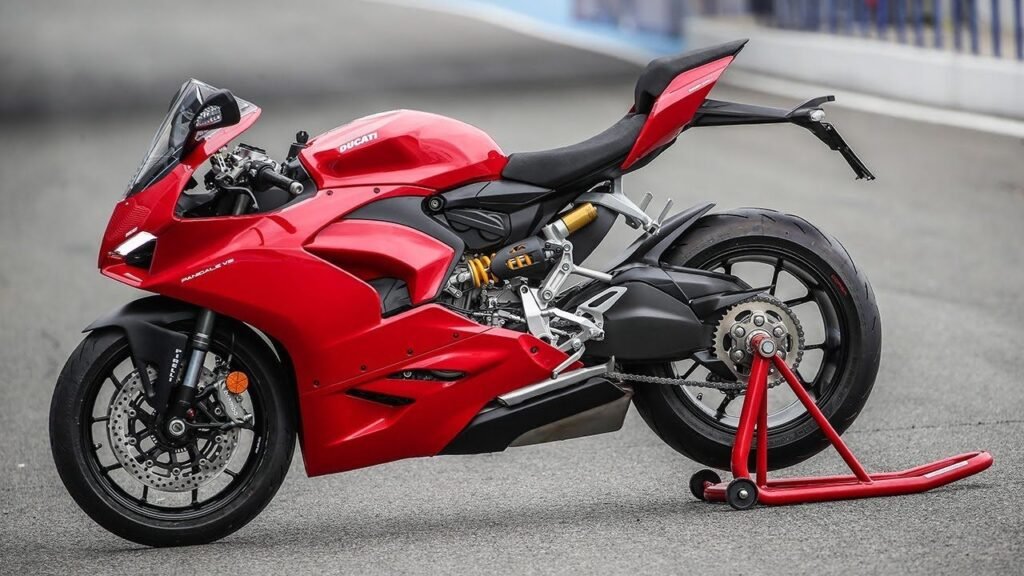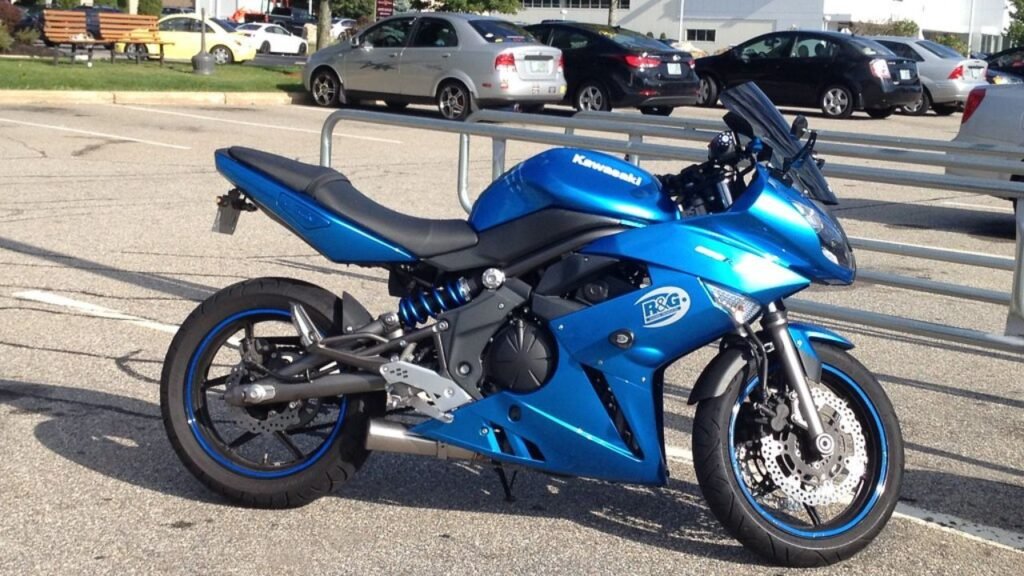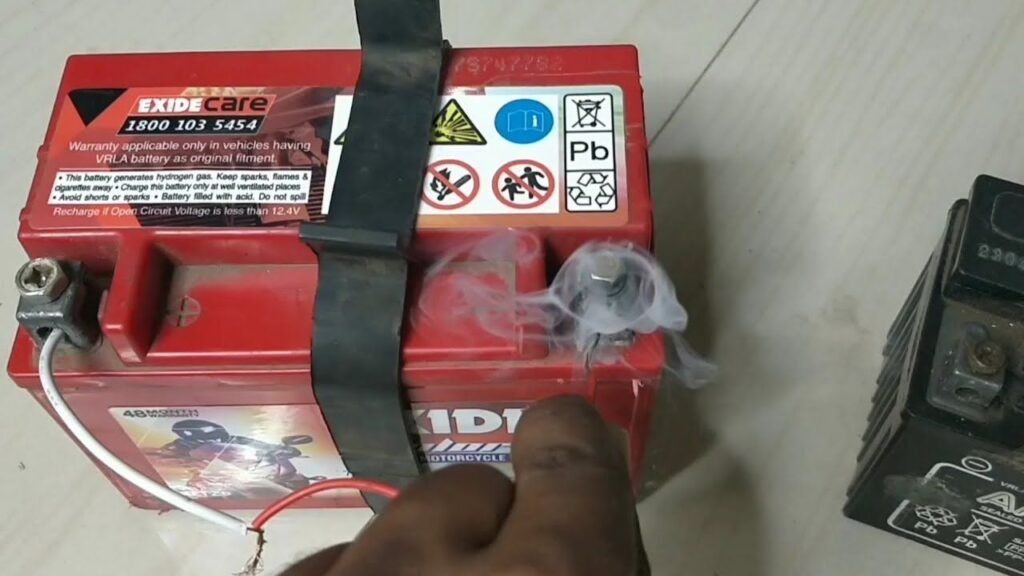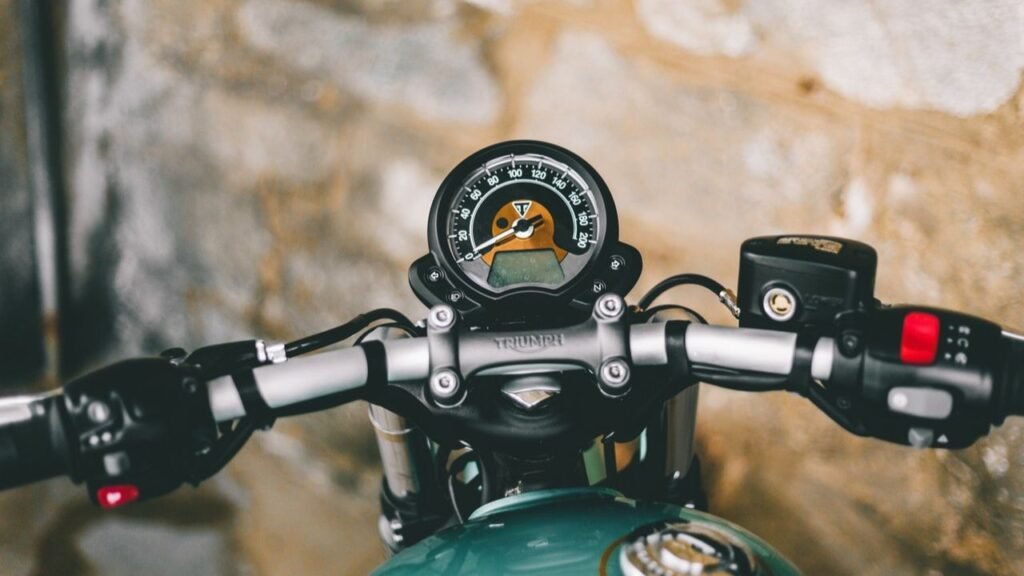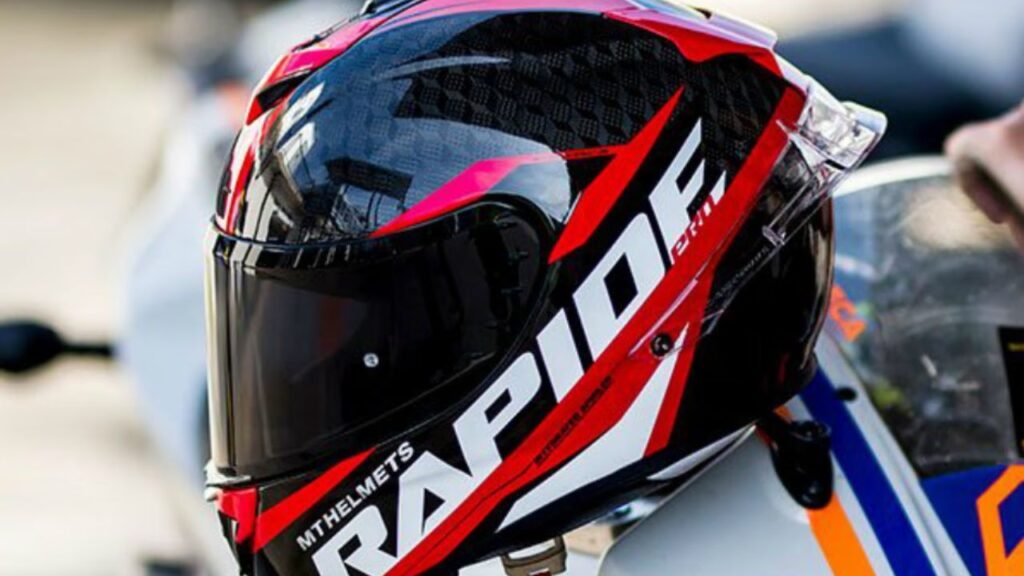Blog
How to Choose Good Beginner Motorcycles
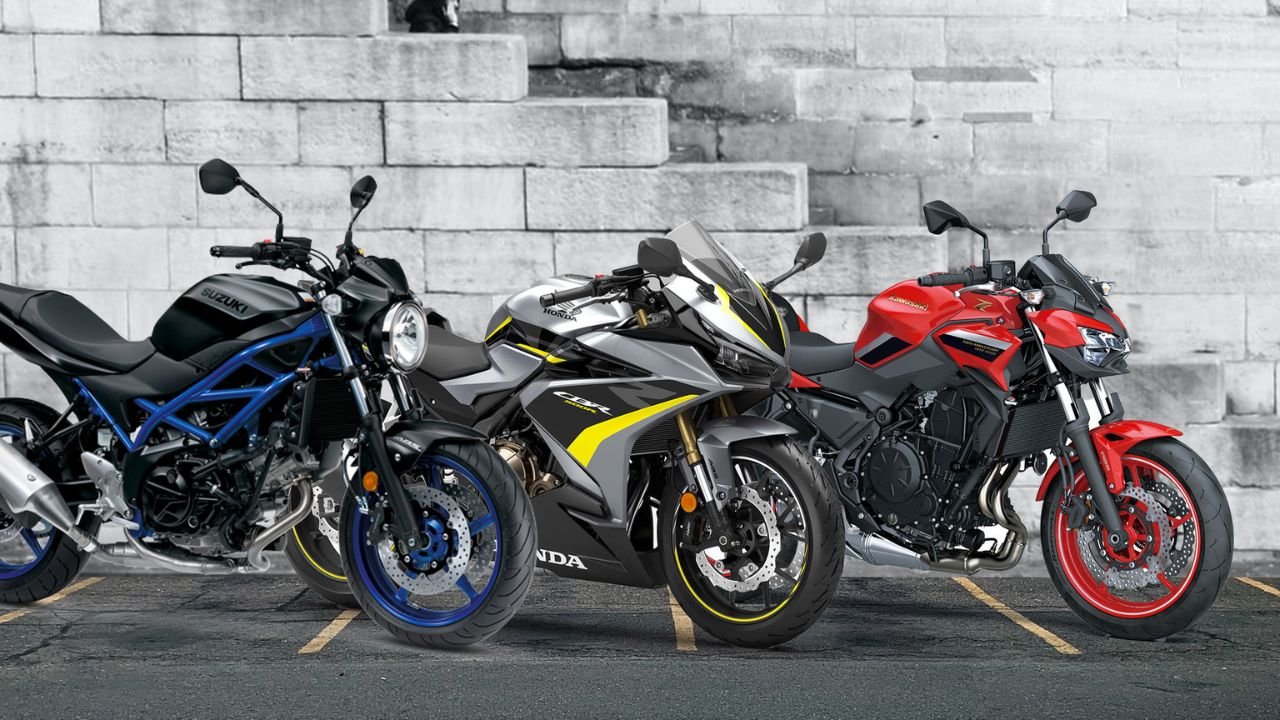
Choosing the right beginner motorcycle is crucial for new riders. The right bike can build confidence, ensure safety, and make learning to ride an enjoyable experience. A poor choice, good beginner motorcycles, however, may lead to frustration, discomfort, or even accidents. That’s why selecting a beginner-friendly motorcycle matters so much.
Beginner motorcycles typically feature lightweight frames, manageable power, smooth handling, and user-friendly controls. These characteristics help new riders develop essential skills without being overwhelmed. A good beginner bike should also be comfortable, reliable, and affordable, with low maintenance requirements and accessible seat heights.
The purpose of this blog post is to guide first-time riders in making an informed decision when choosing their first motorcycle. Whether you’re looking for a commuter bike, a weekend cruiser, or something sporty, understanding the key factors that make a motorcycle beginner-friendly can help you start your riding journey safely and confidently. Let’s explore what makes a bike perfect for new riders.
Understanding Beginner Motorcycles
Choosing a beginner motorcycle starts with understanding what an entry-level bike is and why it’s designed the way it is. These motorcycles are specifically built to help new riders gain confidence and control while learning the basics of riding on two wheels. They’re meant to be forgiving, easy to handle, and not overly powerful—perfect for developing foundational skills without added pressure. Good beginner motorcycles.
A. Definition of Entry-Level Motorcycles
Entry-level motorcycles are bikes built for those who are new to riding. They typically have smaller engines (ranging from 125cc to 500cc), simple mechanics, and safety-oriented features. Their design prioritizes stability, control, and ease of use over raw performance or advanced customization. While they may not have the speed or features of higher-end models, they serve as an ideal stepping stone for new riders before upgrading to larger bikes. Good beginner motorcycles.
B. Key Characteristics of Good Beginner Motorcycles
1. Lightweight and Manageable
A lighter bike is much easier to control, especially at low speeds or during stops. New riders benefit from the reduced weight because it’s easier to balance, push, and maneuver the bike. Heavier motorcycles can feel intimidating and are harder to recover if they start to tip over. Good beginner motorcycles.
2. Lower Seat Height for Comfort
Lower seat height allows a rider to place both feet flat on the ground, providing greater stability during stops and slow-speed maneuvering. This is especially important for shorter riders or those with less confidence in their balance. Feeling securely planted boosts overall control and safety. Good beginner motorcycles.
3. Moderate Power and Speed
Beginner motorcycles offer enough power for highway speeds and city commuting, but aren’t overwhelming. Engines typically range between 250cc and 500cc—enough for a fun ride but not so much that they become unmanageable. This moderate power level allows riders to learn throttle control and braking gradually and safely.
4. User-Friendly Controls and Features
A good beginner bike features a simple, intuitive layout. Controls such as the clutch, throttle, and brakes should respond smoothly. Many entry-level bikes include features like ABS (anti-lock braking systems), digital displays, and easy-start ignition. These rider-friendly elements reduce the learning curve and boost rider confidence. Good beginner motorcycles
Overall, beginner motorcycles are all about control, comfort, and confidence. These characteristics ensure that new riders can safely enjoy learning the ropes of motorcycling without feeling overwhelmed. Good beginner motorcycles
Recommended Motorcycles for Beginners
When it comes to choosing your first motorcycle, the right model can make all the difference in comfort, confidence, and enjoyment. Fortunately, good beginner motorcycles and many manufacturers offer these bikes, designed to help new riders learn without feeling overwhelmed. Below are four popular motorcycles that consistently rank among the best for beginners. Good beginner motorcycles.
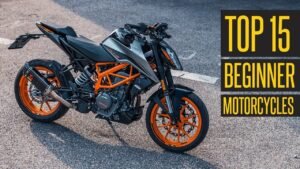
A. Overview of Popular Beginner Motorcycle Models
1. Honda Rebel 500
The Honda Rebel 500 is a favorite among cruiser enthusiasts. It features a relaxed riding position, low seat height (27.2 inches), and a smooth 471cc parallel-twin engine. Its styling is minimalist and modern, and it’s known for being easy to handle—perfect for both short riders and urban cruising. Good beginner motorcycle.
2. Yamaha YZF-R3
The Yamaha R3 is a lightweight sportbike with a 321cc twin-cylinder engine. It offers sporty looks, agile handling, and enough power to ride on highways comfortably. The R3 is ideal for new riders who want a stylish, performance-oriented experience without the intimidating power of larger sportbikes.
3. Kawasaki Ninja 400
The Ninja 400 is widely regarded as one of the best beginner sportbikes. With a 399cc twin engine, it offers a perfect balance of speed and control. It’s light, quick, and features rider-friendly ergonomics. The Ninja 400 also includes ABS options, making it a safer pick for new riders.
4. Suzuki SV650
A step up in engine size, the SV650 is often recommended for confident beginners. It sports a 645cc V-twin engine but has a smooth power delivery that won’t surprise new riders. Its versatility makes it suitable for city, highway, or light touring. The upright position also makes it very comfortable.
B. Comparison of Features and Specifications
ModelEngineWeight (approx)Seat HeightStyleABS Option
Honda Rebel 500 471cc 408 lbs 27.2 in Cruiser Yes
Yamaha YZF-R3 321cc 375 lbs 30.7 in Sportbike Yes
Kawasaki Ninja 400 399cc 366 lbs 30.9 in Sportbike Yes
Suzuki SV650 645cc 437 lbs 30.9 in Standard Yes
C. Considerations for Different Riding Styles
- Cruisers (e.g., Honda Rebel 500): Ideal for relaxed, low-speed rides. Great for beginners who prioritize comfort and control.
- Sportbikes (e.g., Yamaha R3, Ninja 400): Best for those interested in speed, agility, and track-like styling.
- Standards/Naked bikes (e.g., SV650): Offer a balance of performance and comfort, suitable for various uses from commuting to light touring.
- Dual-Sport (not listed here): Great for riders who want both on-road and off-road capabilities, though taller seat heights can be challenging for beginners.
Selecting the right motorcycle depends on your body type, riding goals, and comfort level. Trying out different models and sitting on various bikes at a dealership can help you find the perfect match.
Factors to Consider When Choosing Your First Motorcycle
Buying your first motorcycle is an exciting step, but it’s important to choose a bike that fits your personal needs and goals. Beyond engine size and style, several key factors can influence your decision. Carefully considering these elements will help ensure your first riding experience is safe, comfortable, and enjoyable.
A. Personal Comfort and Fit
Comfort is essential when selecting a motorcycle. Your height, weight, and riding posture should match the bike’s dimensions. You should be able to place both feet flat on the ground while seated, reach the handlebars without stretching, and operate the controls easily. A motorcycle that feels too big or too small can lead to discomfort or difficulty handling. Always sit on multiple bikes to test the fit before buying.
B. Intended Use (Commuting, Touring, Off-Road)
Think about how you plan to use your motorcycle.
- Commuting: If you’re riding in the city, look for lightweight, fuel-efficient bikes that are easy to maneuver in traffic and park in tight spaces.
- Touring: For longer rides, comfort becomes even more important. Consider bikes with a more upright riding position, larger fuel tanks, and luggage options.
- Off-Road or Dual-Sport: Planning to ride on dirt trails or rugged terrain? A dual-sport or adventure bike with higher ground clearance and off-road tires may be the best fit—though these often have higher seat heights.
C. Budget and Insurance Costs
Your budget should include not just the price of the motorcycle but also additional costs like safety gear (helmet, jacket, gloves), registration, and maintenance. Entry-level bikes are generally more affordable, but insurance premiums can vary based on the model, engine size, and your location. Sportbikes, for example, tend to cost more to insure than cruisers or standards. Always get an insurance quote before finalizing your purchase.
D. Availability of Training Courses and Support
Rider training is essential for safety and skill-building. Look for motorcycle safety courses in your area—many offer hands-on instruction using beginner-friendly bikes. These courses teach important techniques like braking, turning, and emergency handling. Some regions even offer licensing waivers after course completion. Also, consider community support: online forums, local riding groups, and dealer support can be great resources as you learn and grow. Good beginner motorcycles.
Taking the time to evaluate these factors ensures you choose a first motorcycle that matches your needs, fits your body, and sets you up for a positive and rewarding riding experience. Good beginner motorcycles.
What is the Best Motorcycle to Get for a Beginner?
The best motorcycle for a beginner is one that offers a balance of comfort, control, and manageable power. A top recommendation for many new riders is the Kawasaki Ninja 400. This sportbike is lightweight, easy to handle, and has a 399cc parallel-twin engine that delivers just the right amount of power for new riders—enough to be exciting, but not overwhelming. Good beginner motorcycles.
Another excellent option is the Honda Rebel 500, especially for those who prefer cruisers. It features a low seat height, relaxed ergonomics, and a smooth 471cc engine, making it ideal for beginners who value comfort and stability. Good beginner motorcycles.
The Yamaha YZF-R3 is also a strong contender in the entry-level sportbike category. With sharp styling, agile handling, and a 321cc engine, it’s great for riders who want performance with approachability. Good beginner motorcycles.
Ultimately, the best beginner motorcycle depends on your height, riding goals, and preferences. Focus on lightweight models, have user-friendly controls, and offer a comfortable fit. Test sitting on different bikes, and always consider taking a safety course to build your skills. Choosing the right beginner motorcycle can make your learning curve smoother and your riding experience much more enjoyable. Good beginner motorcycles.
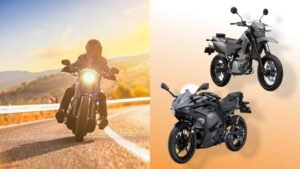
FAQ
1. What is a good beginner motorcycle?
A good beginner motorcycle is lightweight, easy to control, and has moderate power. Models like the Kawasaki Ninja 400 or Honda Rebel 500 offer smooth handling, safety features, and comfort—ideal for new riders learning essential skills without feeling overwhelmed. Good beginner motorcycles.
2. What motorcycles are good for beginners?
Popular beginner motorcycles include the Yamaha R3, Kawasaki Z400, Suzuki SV650, and Honda CB500F. These bikes are known for their reliability, approachable performance, and user-friendly controls, making them perfect for new riders seeking a safe and enjoyable learning experience. Good beginner motorcycles.
3. What is considered an entry-level motorcycle?
An entry-level motorcycle is typically a bike with an engine between 125cc and 500cc, built for ease of use, stability, and comfort. They’re designed to help new riders build confidence and develop skills before moving on to more powerful machines. Good beginner motorcycles.
4. What is a good starter motorcycle?
A good starter motorcycle combines low seat height, manageable power, and a lightweight design. Bikes like the KTM Duke 390 or Honda CB300R are excellent for beginners due to their easy handling, simple controls, and overall rider-friendly performance. Good beginner motorcycles.
Conclusion
Choosing the right beginner motorcycle involves more than picking a popular model—it’s about finding a bike that fits your body, your goals, and your riding environment. Lightweight, manageable bikes with moderate power and user-friendly features are ideal starting points. Consider your intended use—commuting, touring, or off-road riding—alongside your budget, insurance, and available training resources. Always prioritize comfort and control. Before making a final decision, test ride a few options and seek advice from experienced riders or instructors. They can offer insights that help you avoid costly mistakes and ensure a smoother learning curve. The journey into motorcycling is exciting, but safety must always come first. Invest in quality gear, take safety courses, and respect the learning process. With the right approach and preparation, your first motorcycle can unlock years of adventure, freedom, and unforgettable experiences on the open road. Good beginner motorcycles.
Read More>>>>>>> How to Choose Your First Beginner Motorcycle

